How much does Stalin charge for a photo?

Coming out of the Lenin Mausoleum on Red Square, you might be forgiven for doing a double take—or several. Having seen the real Lenin lying peacefully in his glass case, you are likely to spy a few more living versions on the outside. You might also spot a couple of Uncle Joes here and there, not to mention Ivan the Terrible and Peter and Catherine the Greats. Don’t worry, they won’t send you to Siberia or chop your head off (we hope). They are just offering their lookalike services to photo-hungry tourists.
Communists and tsars don’t mix
Lenin and Stalin are probably the most popular doubles. They were the first to appear and have the privilege of working at the so-called "Kilometer Zero" near the Iberian Gate and Chapel just off Red Square (the point from which distances were traditionally measured). Meanwhile, the tsars and tsarinas wander around Manezh Square, near the monument to Georgy Zhukov and the Alexander Garden. As the modern-day twin of Catherine the Great anonymously told Russia Beyond, the communists and tsars work separately, and even dislike each other, mirroring Russian history. However, this enmity has nothing to do with class
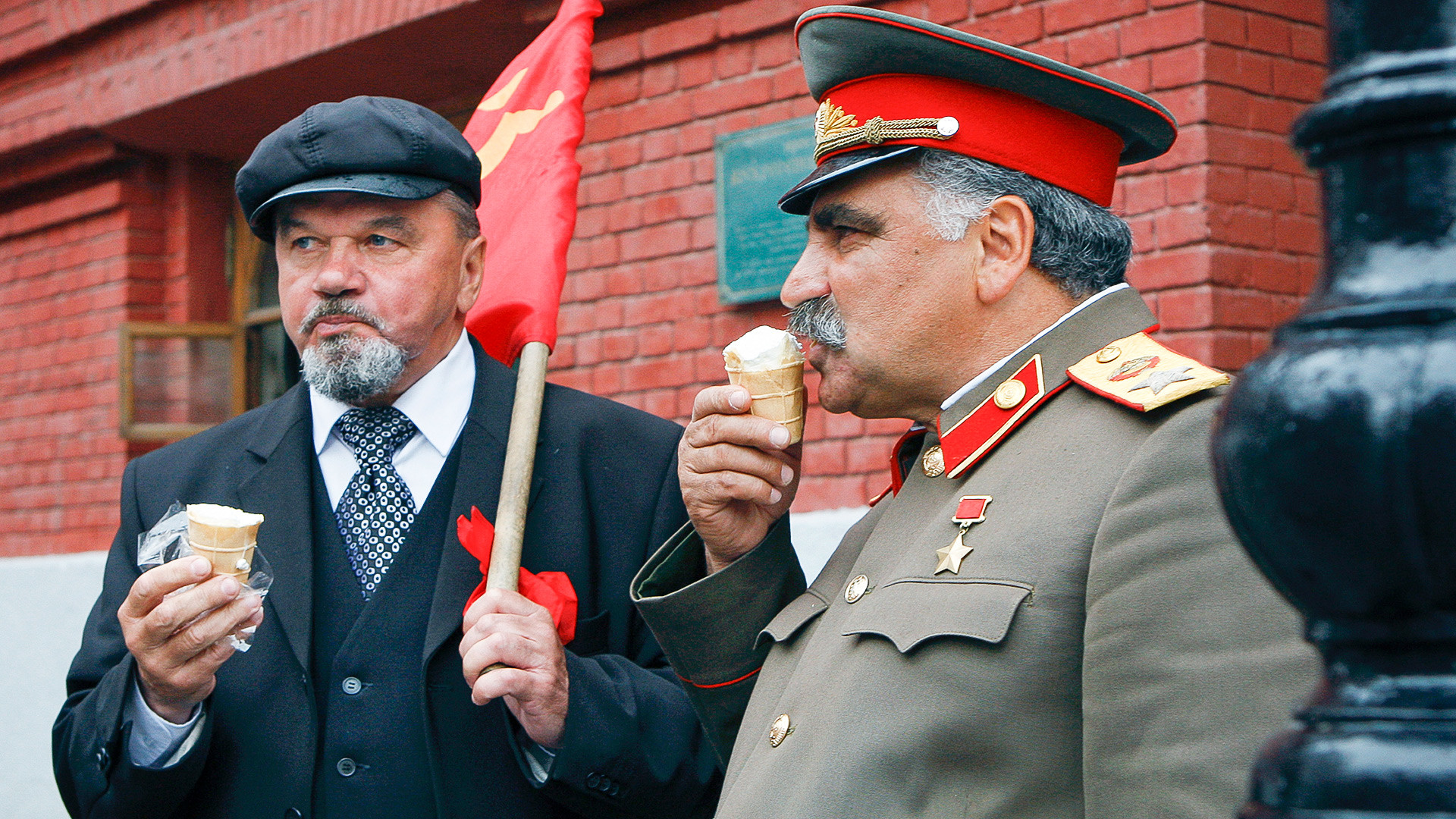
Stalin and Lenin themselves do not chase after
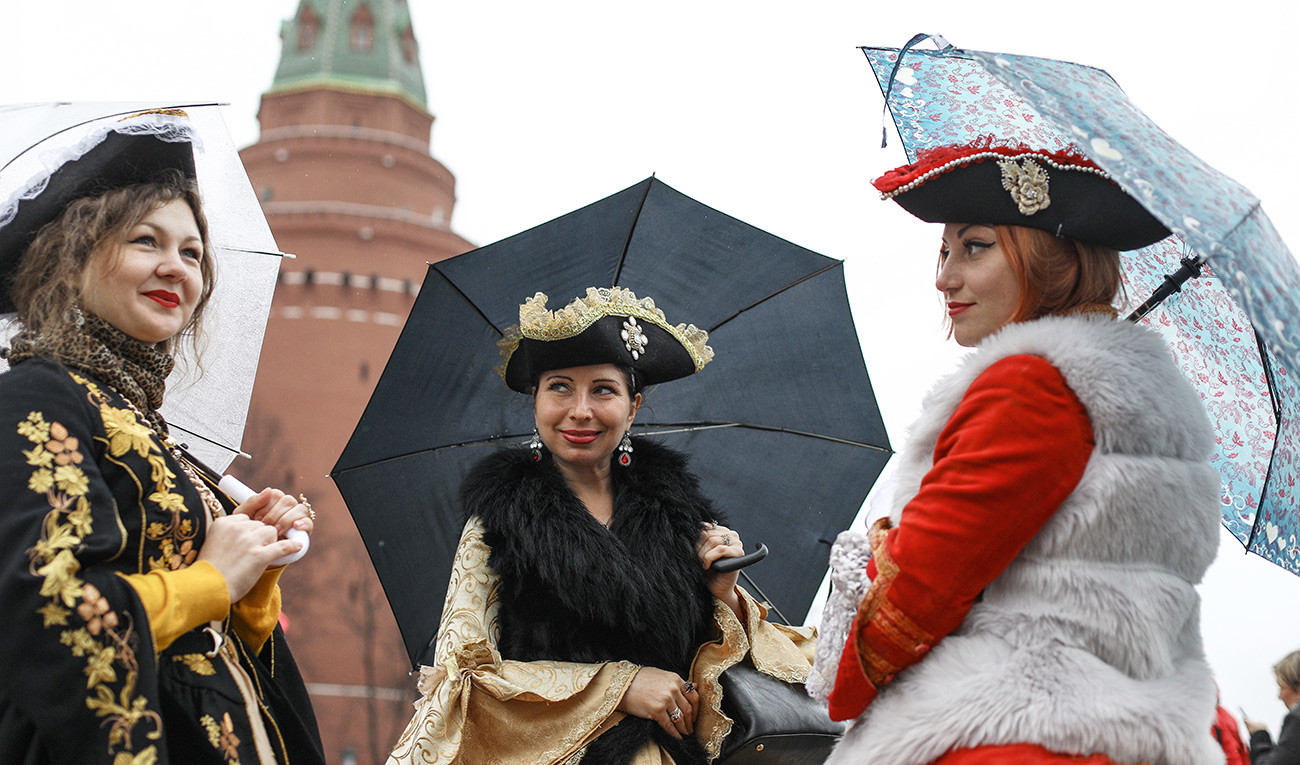
During the 2018 FIFA World Cup, however, both groups were seen wandering around Nikolskaya Street, where most fans and tourists were congregated.
Raining Lenins and Stalins
In Soviet times, of course, such irreverence would have been unthinkable. Even actors who played Lenin and Stalin in Soviet movies had to be approved by the higher-ups. Besides, private entrepreneurship was out of the question, so even the tsarist doppelgangers would have been banned from roaming Red Square in search of easy profit.
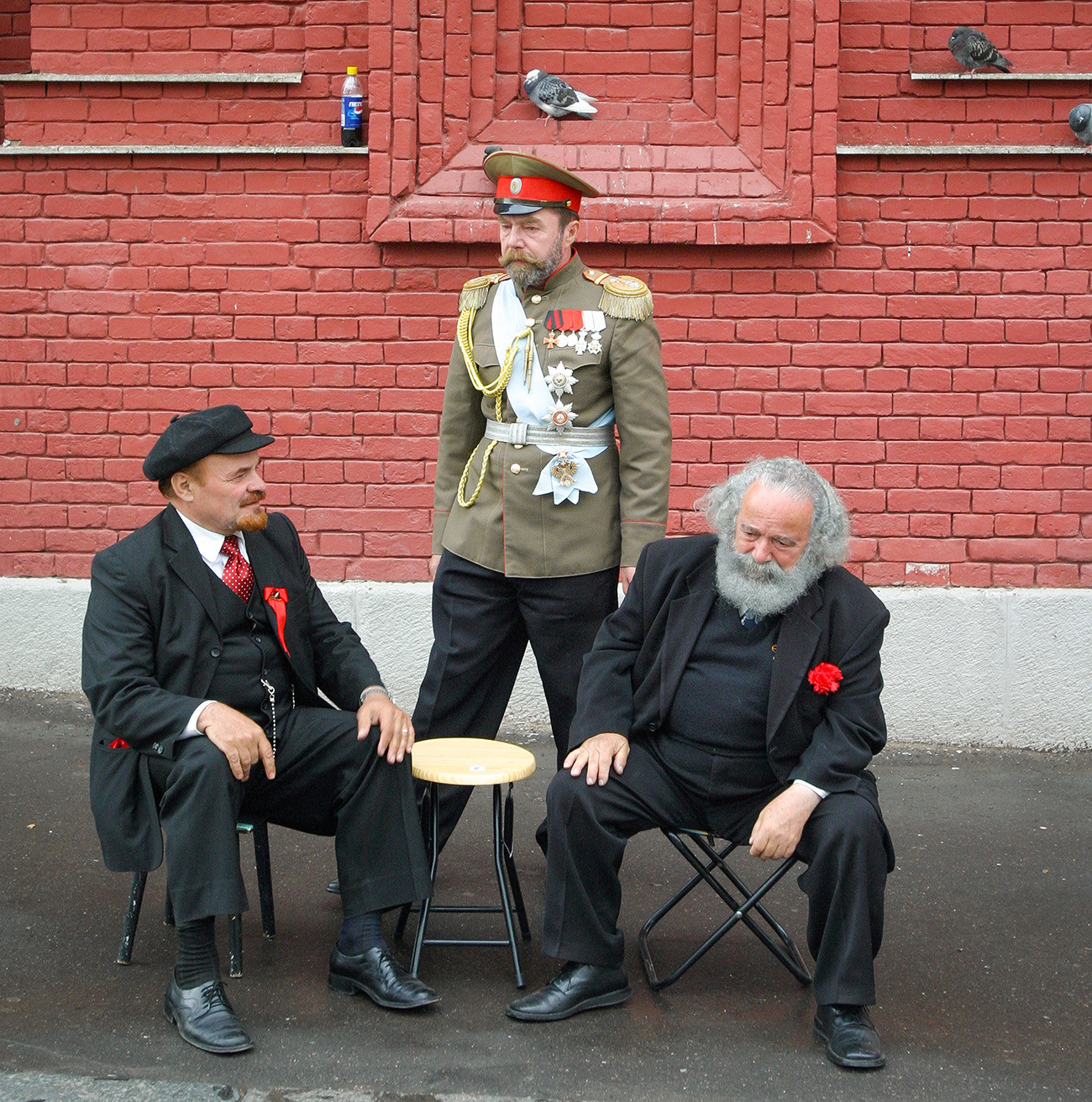
When communism fell, Russian society split into two (non-gulag) camps: those wanting to reinstate communism and those yearning for capitalism. The unhealthy interest of both sides in the former communist idols (worshipped and cursed in equal measure), plus the opportunity to earn money from the new influx of tourists and the dire economic circumstances the country found itself in, prompted the first Lenin doubles to set foot on Manezh Square. Gradually, as the tourist numbers and interest in the Soviet past climbed
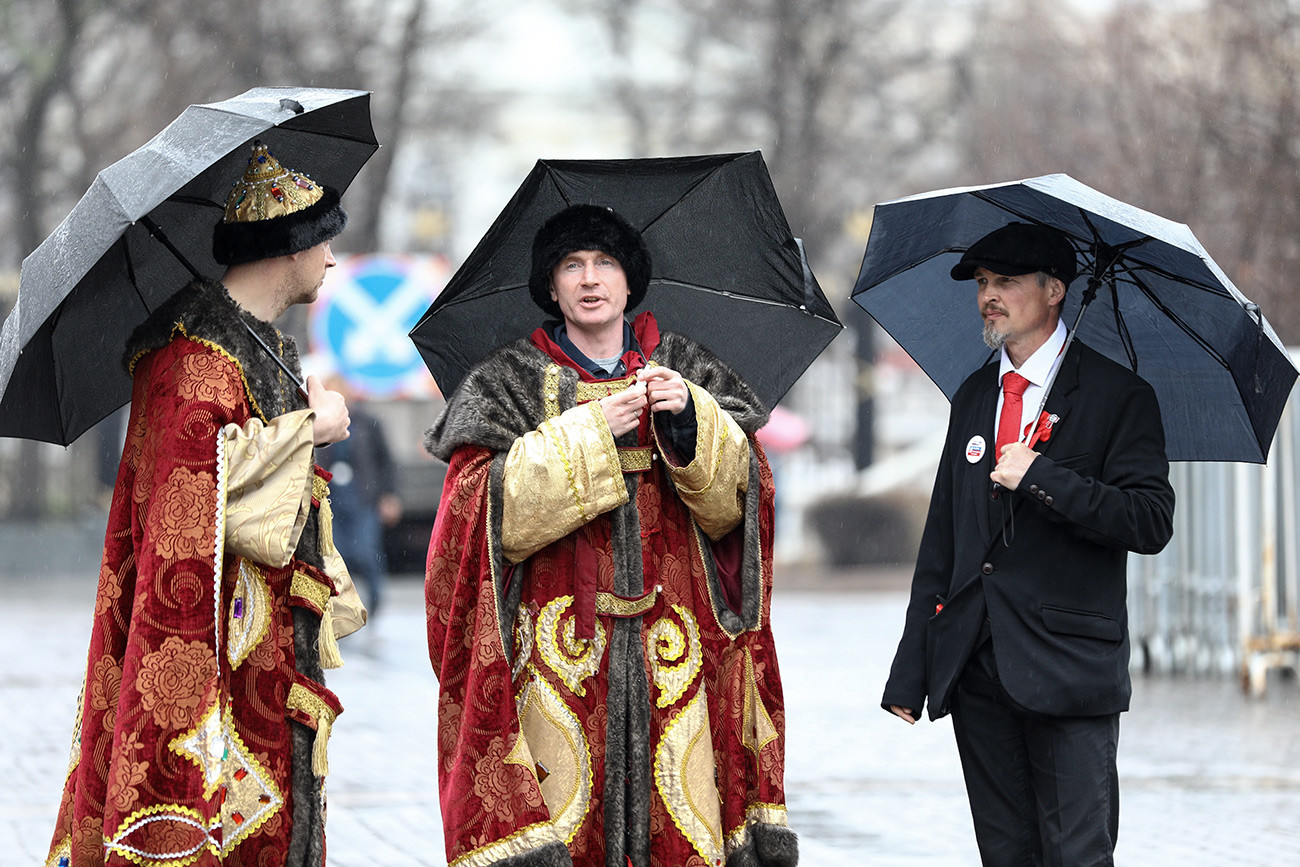
One of Stalin’s current doubles (real name Latif Valiyev) once worked as a truck driver. He has a strong Georgian
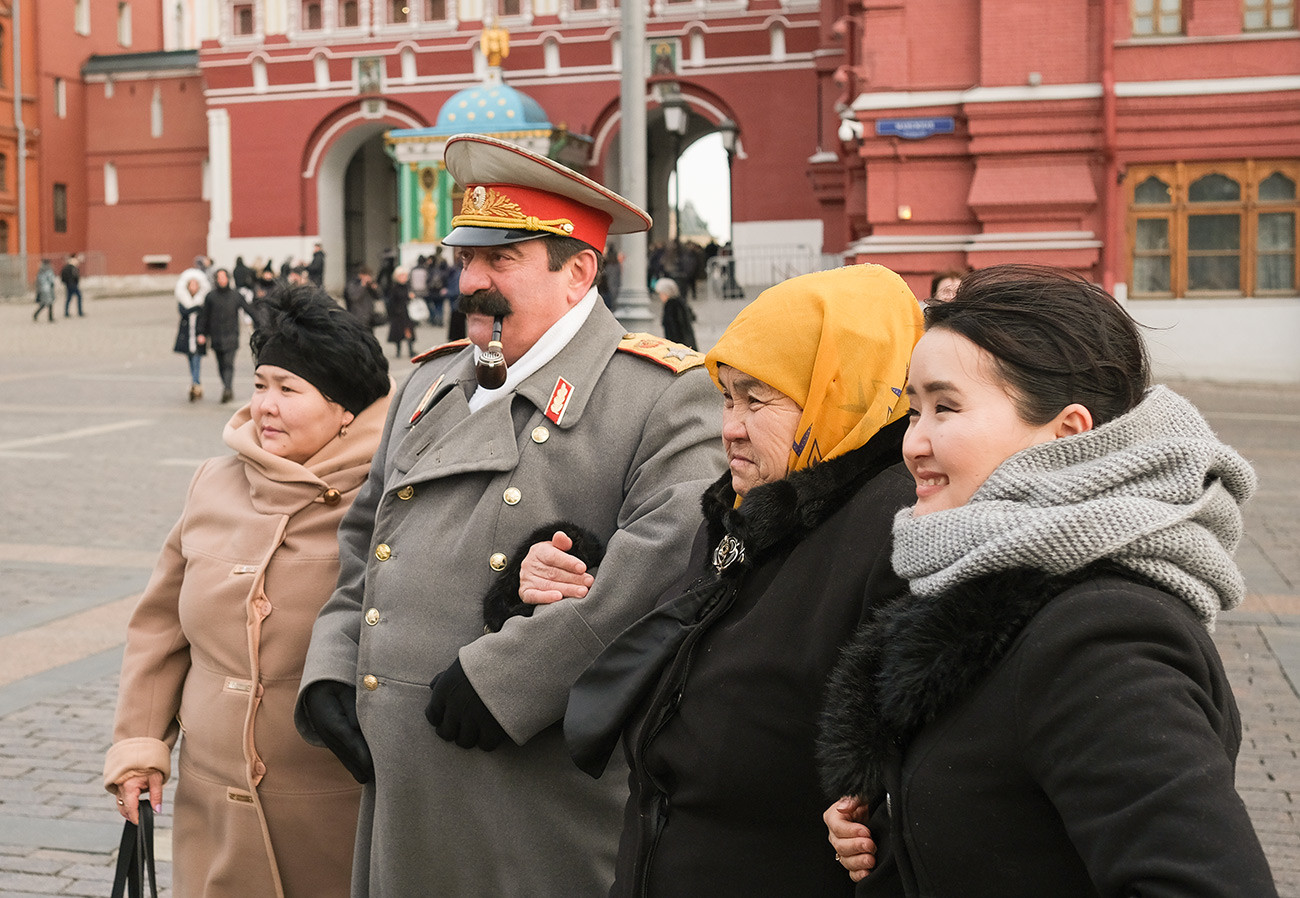
Besides them, central Moscow is home to a further five
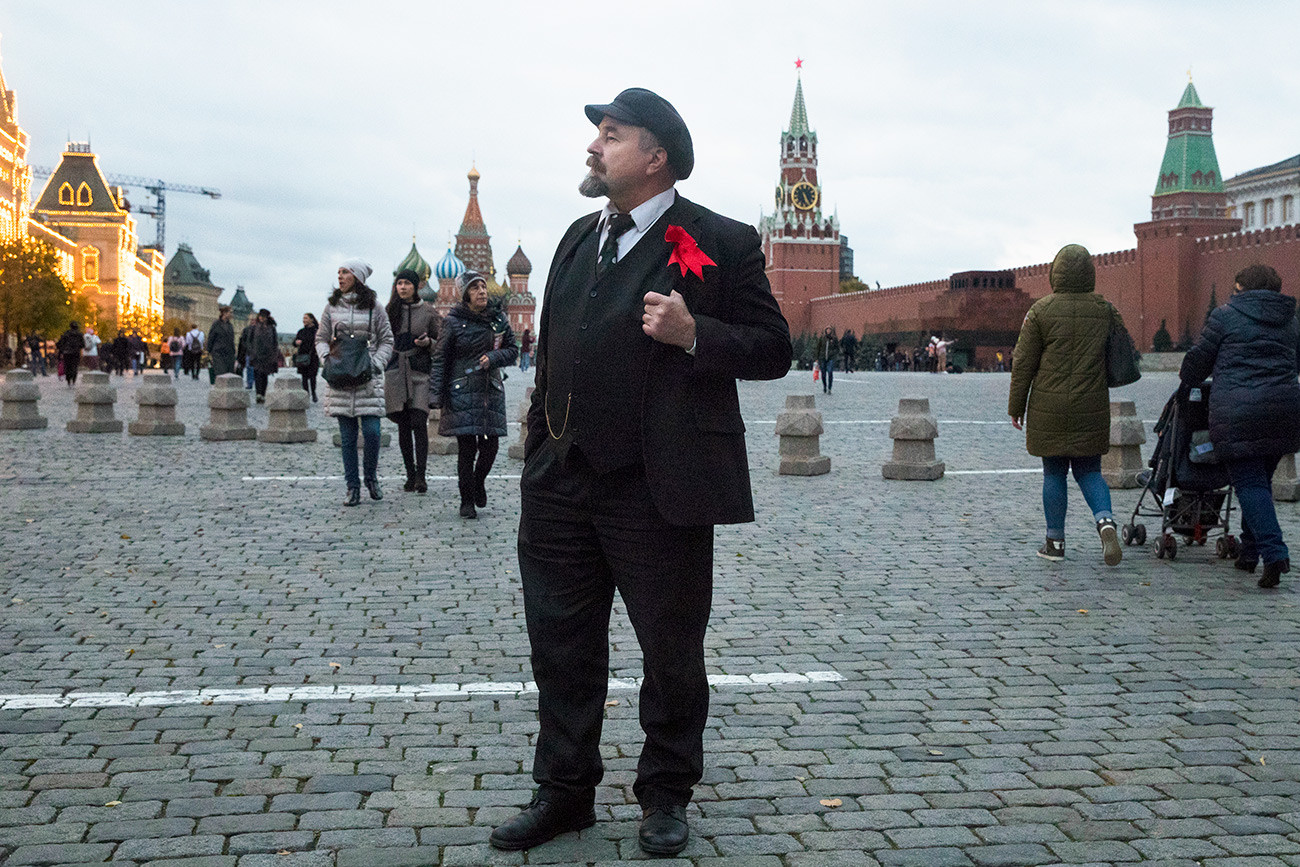
Sergey Soloviev.
APAlexander Karlyshev, another actor who until recently also worked as a Lenin before health problems intervened, told the publication TOK that he arrived in Moscow from Tashkent in 1995 and spent hours standing in front of the Mausoleum, scaring foreign tourists who had only just seen the less animated Lenin inside. For a photo with him, Karlyshev charged whatever the “client” was willing to give. He is perhaps the only one of the
If using any of Russia Beyond's content, partly or in full, always provide an active hyperlink to the original material.
Subscribe
to our newsletter!
Get the week's best stories straight to your inbox